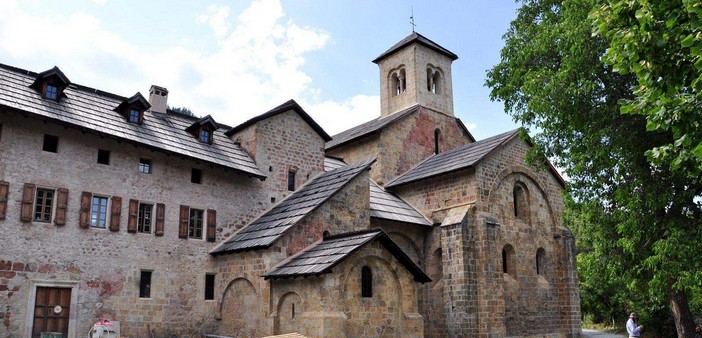This 12th-century abbey was founded by the order of Chalais at the request of the lord of Boscodon, Guillaume de Montmirail. The monks arrived in 1142. The construction of the abbey church was only completed after 32 years of work. The various convent buildings were gradually built.
After the 14th century, wars—such as the Hundred Years War, religious conflicts, and the rivalry between Savoy and France—led to successive damages and destructions. While the abbey church was preserved, the convent buildings were destroyed, burned, and had to be rebuilt.
The order of Chalais was dissolved at the end of the 14th century, and the abbey became Benedictine. In 1770, the Archbishop of Embrun confiscated the abbey and turned it into a forestry operation center. With the revolution, Boscodon became a rural hamlet in 1791. The abbey church adhered to the ideal of Saint Benedict, uncluttered, allowing neither monk nor pilgrim to be distracted. They were plunged into the austerity of the stones, thus drawing closer to God.
The abbot’s chapel, erected in the 14th century during the peak of the Gothic era, remains Roman in style, reflecting man’s humility before God. The abbey church is oriented on a west-east axis, facing the rising sun. Amadeus of Savoy set fire to the cloister in the 17th century, and the traces of this fire are still visible on the south side of the church. Boscodon remained a hamlet for almost two centuries.
In 1972, the abbey was purchased, restored, and classified as a historic monument two years later. Today, it is animated by the Dominicans and Dominican sisters.
The order of preachers does not disdain architectural ornaments, and the abbey church has been enriched with statues of the Virgin, Saint Dominic, and Saint Martin of Tours. Studies are currently underway for the restoration of the cloister. The Abbey of Boscodon is located between Savines-le-Lac and Crots. It is close to the Serre-Ponçon Lake.
Thierry Jan


